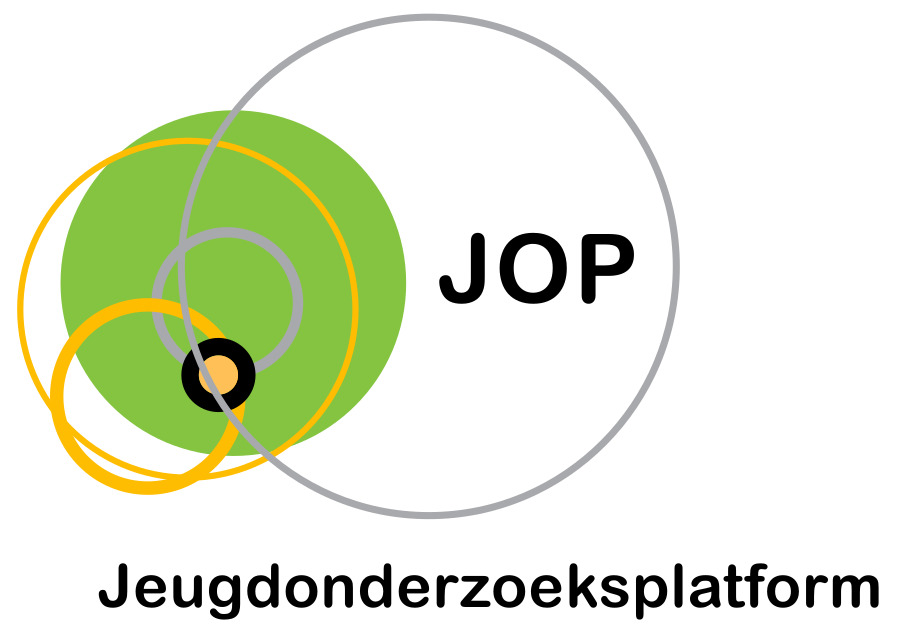Voters and Candidates of the Future: The Intention of Electoral Participation among Adolescents in 22 European Countries.
Auteurs
Hooghe, M., & Dassonneville, R. (2013)

Abstract
In de literatuur is er een groeiende bezorgdheid over de lagere opkomst bij verkiezingen onder jongeren. In dit artikel onderzoeken we de gerapporteerde stembereidheid onder 72.466 14-jarige adolescenten uit 22 Europese landen, die deelnamen aan de International Civic and Citizenship Education Study (ICCS) 2009. Uit de resultaten blijkt dat de stembereidheid in deze leeftijdsgroep nog steeds vrij hoog is, maar er is een duidelijke genderkloof. Terwijl meisjes vaker verklaren dat zij gaan stemmen, zien jongens zichzelf vaker als toekomstige verkiezingskandidaten. Een open klasklimaat op school draagt bij tot de bereidheid om bij toekomstige verkiezingen te gaan stemmen. De elementen waarvan bekend is dat ze een effect hebben op de opkomst van volwassenen, hebben echter geen significante invloed op de stemintentie van adolescenten. Dit zou erop wijzen dat het waargenomen lagere opkomstpercentage bij jongeren niet alleen kan worden toegeschreven aan een vermeend gebrek aan politieke motivatie bij adolescenten, en dat er dus andere elementen in aanmerking moeten worden genomen als we deze neerwaartse trend willen verklaren.
Within the literature there is a growing concern about lower voter turnout rates among young-age cohorts. In this article we investigate the reported willingness to vote among 72,466 14-year-old adolescents from 22 European countries, who took part in the International Civic and Citizenship Education Study (ICCS) 2009. Results indicate that the willingness to vote remains quite elevated among this age group, but with a clear gender division. While girls are more likely to state that they will vote, boys are more likely to see themselves as future election candidates. An open classroom climate at school contributes to the willingness to vote in future elections. The elements that are known to have an effect on the turnout level of adults, however, do not have a significant impact on the intention to vote among adolescents. This would suggest that the observed lower turnout rate among younger people cannot just be attributed to an alleged lack of political motivation among adolescents, and that therefore other elements will have to be taken into account if we want to explain this downward trend.
Referentie
Hooghe, M., & Dassonneville, R. (2013). Voters and Candidates of the Future: The Intention of Electoral Participation among Adolescents in 22 European Countries. Young (Stockholm, Sweden), 21(1), 1–28.
Taal
Engels
Publicatievorm
Tijdschriftartikel
ISBN – DOI
https://doi.org/10.1177/1103308812467664
